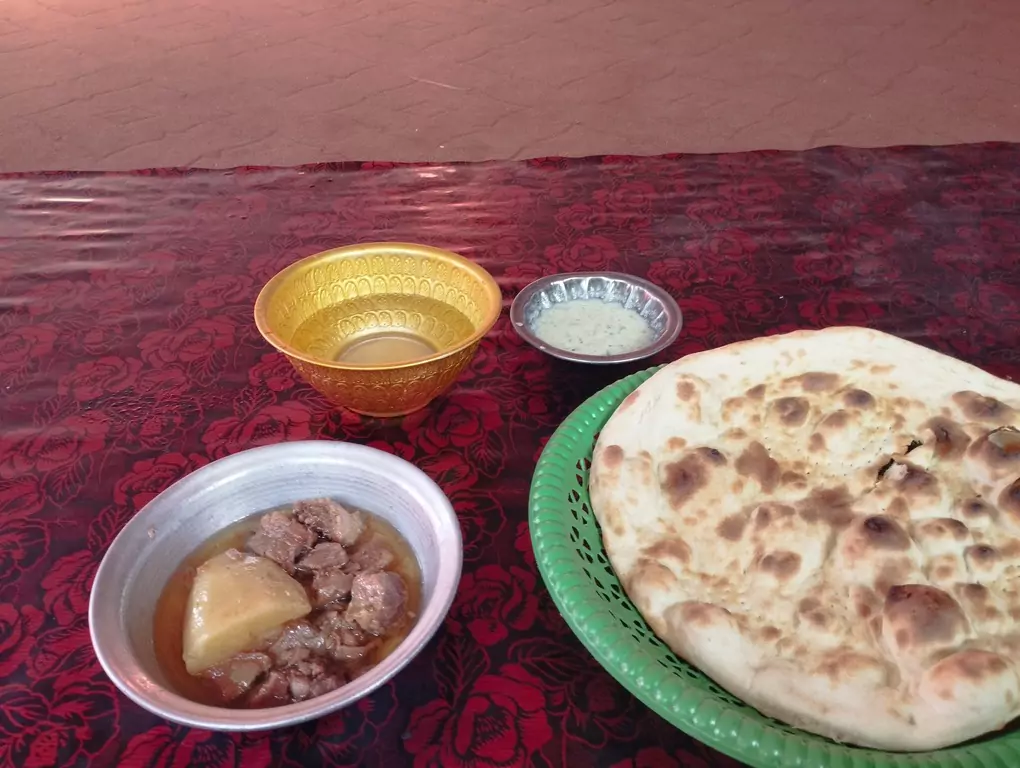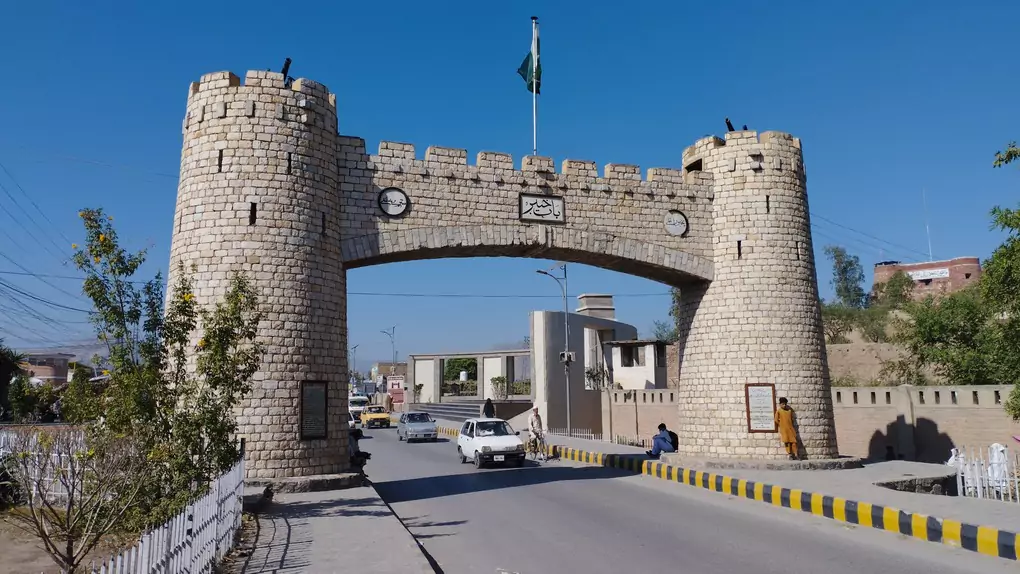Travel Advisory: Frequent terror attacks. Do not go West of Jamrud.
Bearded gunmen, AK47s, and blue burqa-wearing women in a dusty, mountaineous backdrop. Add in a bunch of old Toyotas too. That is the ‘image’ of how people around the world see Peshawar, from the old days of Soviet occupation in Afghanistan to Taliban against America, for it is the historic winter capital of the Afghan and Pashtun people.
Peshawar is one of the world’s continually inhabited cities, dating over 2,000 years. It has been controlled by the Persians, Greeks, Mughals, English, and now by Pakistan.
The purpose of this trip was to attend a meeting with the KPK province’s Head Preacher (خطیب اعظم), Moulana Tayyab Qureshi on ‘Terrorism’. Our meeting took place in the backdrop of rising terror attacks by Tehreek-e-Taliban Pakistan (TTP) and Daesh (ISIS) in the KPK province, closer to the border with Afghanistan.
Related: Discussing ‘Terrorism’ with KPK’s Chief Preacher, Moulana Tayyab Qureshi
Earlier, a terror attack in Lakki Marwat (South KPK) led to the killing of four policemen. To the West, a suicide bomber blew up a historic mosque in the Khyber Agency. Another terror attack on a checkpost killed more policemen. Political strife and terrorism were both running high in the Frontier (though they are even higher now – a year later), and all eyes were on the religious leadership of Peshawar to provide reassurance to the masses.
You could feel the anxiety in Peshawar. Local police had the city’s entrances tightly controlled, while Pakistan’s powerful Frontier Corps (FC) were running frequent patrols out of the city’s historic mega-fortress, the Bala Hisar. The Americans had left for two years at this point, but terror attacks were only getting worse.
Starting from Pakistan’s Federal Capital, Islamabad, I travelled to Peshawar via the M1 Motorway (Asian Highway 1). I paid a fare of 700 PKR ($2.30) for the 184km bus journey. After meeting some local contacts in Peshawar’s Fawara Chowk, I was too tired to work further. I wrapped up Day 1 with a hearty meal of Chapli Kebab (minced beef kebabs fried in animal fat and stuffed with boiled eggs) and a fillet of grilled Peshawari fish (from local rivers).
Meat. That’s the food-game whenever I visit Peshawar. Unlike other Pakistani cities that like to add lentils and vegetables to their diets, Peshawar’s distinct Pashtun culture loves meat, especially red meats.
Next morning I was all geared up to travel to Khyber Agency, where a suicide bomber had blown up a local mosque. That trip has been covered in a separate blog, as this blog is dedicated to Peshawar.
Related: Khyber Agency, Afghanistan Border & Tribal Areas
Upon returning from the Khyber Agency (where I somehow learnt a good deal about the benefits of flaxseed from one of the local Imams), it was time to eat already.


After dinner, I went to downtown Peshawar to meet with the local Imams of the Mahabat Khan Masjid. Night walks in Peshawar are oddly serene and reflective. Even the greenery of Islamabad doesn’t match.




Peshawar isn’t the most walkable city in Pakistan, but it has a unique ambience that makes walking commutes tolerable (be careful to avoid the Burqa-cloaked women and their male guardians). There’s always the option to hire the nearest rikshaw for less than a dollar if you get too tired of walking. By the time I reached Old Peshawar, the sun had already settled and people were congregating for the Isha prayer (the last prayer of the day).
Despite being called ‘The City of Flowers’ I did not find a single orchard or prominent display of flowers. I did find a lot of guns, however.
The Isha prayer is always a time of community in Peshawar. Labourers and businessmen alike take to their local mosques for Salah and collective Dua. After the prayer service, people sit around the Imams and local elders for group reading of Islamic and current literature, tales from the Holy Quran, and to discuss community issues. Hopeful parents talk to their local Imams to find suitable partners for their children.




At the invitation of some local Peshawar Imams, I went to ‘tour’ some of the city’s older sights and attractions. Peshawar is quite a ‘large’ city by Pashtun standards and has a variety of tasteful older sights (being one of the world’s oldest cities). I opted for the Gor Khatri archaeological complex that houses a Museum on Indus Valley civilisations.






Pakistan’s role in the downfall of Soviet occupation of Afghanistan in the 1980s is quite well-known. Rarer is to find Jihadi fighters who fought the Russian invaders. Here, I met Muhammad Ibrahim, who did not want to be filmed. Ibrahim had lost his right hand in a firefight with the Soviet Spetsnaz in Northern Afghanistan, and was sent to Germany on behalf of the Zia-Ul-Haq government for surgical treatment.
A staunch believer in Islamic Fundamentalism, Ibrahim refused medical care in Germany because most nurses and doctors there were women. Respecting his religious needs, the Zia-Ul-Haq government shifted his medical care to Switzerland under an ‘special’ arrangement where women doctors / nurses were not allowed near his room.


At the end of my second day, the goal of my Peshawar trip was finished. I had made the interview with the Head Preacher of KPK and enjoyed some of the local sights and flavours. It was time to return home.
Support me from $3/mo
The West kills millions of innocents and children, and then calls their corpses ‘terrorists’. Their media hides the evidence.
I’m an investigative journalist who digs out that evidence. Get exclusive interviews, podcasts, and credible reports you won’t find elsewhere.
Support independent, grassroots journalism
